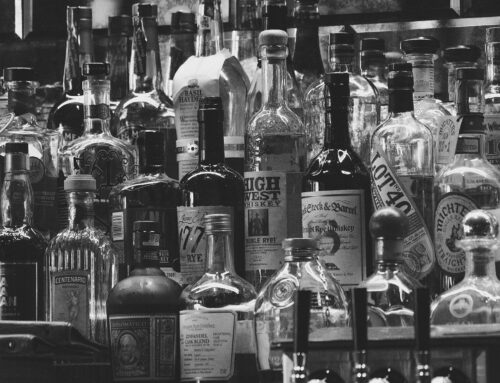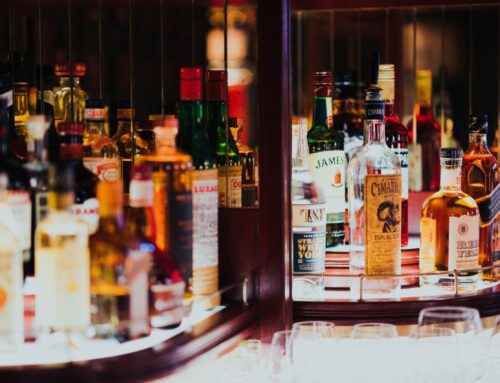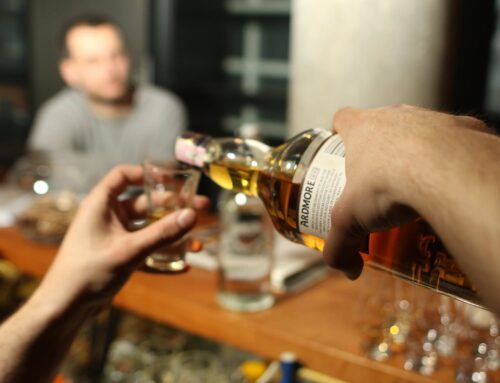LIQUOR PRODUCTION METHODS
This section will explain some complex production methods in simple layman’s terms. Some technical experts may take offence to my simplifications, but my aim is to foster interest, not create more technical experts.
Simply stated, a liqueur is a flavourful distilled spirit containing a minimum of 2.5% sugar by weight. This works out to about 1 ½ tablespoons of sugar in a standard 750ml bottle.
Most Liqueurs are made in the same basic way. Spirits are mixed with sugar or a sugar syrup and natural flavourings. These flavourings can take the form of fruits, herbs, seeds, flowers and spices. Even bark is used in some instances. Most distillers employ a secret combination of these natural flavourings to create their signature brands.
There are three main methods to produce or generate these flavourings
PERCOLATION is a method similar to the way in which you brew your morning coffee. Spirits are put in a large tank and the flavouring sources are placed in a large basket-like container at the top of the tank. The spirits are then pumped up to the top where they are sprayed over the mixture and dripped back down to the bottom. The process is repeated over and over until all the flavour, colour and aroma has been extracted from the leaves, seeds and herbs.
The INFUSION method is used primarily for making fruit flavours. The fruit is placed directly into the spirits and left for a period of time to soak and steep until the flavour, aroma and colour has been extracted. Maceration is a similar method but with this type of infusion the ingredients are mashed before they are left to soak and steep.
For most liqueurs, infusion or percolation is only the first step. Once the flavour has been extracted, the mixture is then distilled to give it more delicate, smoother taste.
In some instances, the DISTILLATION method is used alone. The flavouring source and the spirits are placed in a still and heated. As the mixture is heated, the alcohol turns to a vapour and rises, leaving the water behind. The entire process works because alcohol boils at the lower temperature (172°F) than water (212°F). As the alcoholic vapours cool, they condense back into a liquid form. This liquid or distillate retains the flavour of the various flavouring ingredients.
The base for most liqueurs is a neutral alcohol, which is tasteless and odourless. With these types, the flavour of the final product comes only from the flavouring sources. However, some liqueurs use brandy, whiskey, scotch, rum or bourbon as their base. These, of course, contribute significantly to the final taste.



